Winter Waxing Moon

Took Kate to Bailey yesterday, the social hall of St. Mary’s of the Rockies. She stayed several hours for a meeting of the Bailey Patchworkers. It was the first time she’d been back since August, a session when she piled up the good eats for a quilt documentation day. That was also the day I backed into her friend’s car. With said friend in it. Sigh. Kate’s stamina has improved markedly. So good to see.
After Bailey, I drove not home, but to Evergreen where I had lunch with Tara and Alan. Murphy’s sits right on Bear Creek, a lovely place in the spring, summer, and fall for an outside lunch. Tara and Alan and I talked CBE religious school. Alan returned Saturday from a couple of weeks in Argentina. In Patagonia, at a national park, he was told, no, you can’t walk on the glacier. You’re over 65. Didn’t know glaciers took notice of such brief lifespans; but, it was Argentina.
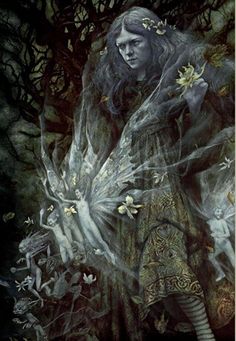 I’m responsible for the next lesson, tomorrow, as I was last week, but with Alan as back up this time. Last week we worked with the middah, character trait in the Jewish ethical discipline of mussar, chesed, or loving-kindness. This week we stay in mussar, but focus on yirah. Yirah often translates as fear in the Torah, as in “the fear of the Lord.” I prefer awe as a translation, but it does mean both and we’ll use that in the class.
I’m responsible for the next lesson, tomorrow, as I was last week, but with Alan as back up this time. Last week we worked with the middah, character trait in the Jewish ethical discipline of mussar, chesed, or loving-kindness. This week we stay in mussar, but focus on yirah. Yirah often translates as fear in the Torah, as in “the fear of the Lord.” I prefer awe as a translation, but it does mean both and we’ll use that in the class.
Rudolf Otto, a famous theologian of the early 20th century, wrote a book called, The Idea of the Holy. I mentioned his thinking from this work in a post a couple of days ago. It’s one of a handful of theological texts that have had a radical effect on my thinking. Another is Moses and Monotheism by H. Richard Niebuhr. In both cases the authors try to dig behind religious concepts often simply accepted to find their phenomenal roots. Otto wants to understand the strange nature of the sacred. Niebuhr was after the psychic meaning of monotheism.
Otto’s work has a lot to do with yirah. His idea of the numinous, a distinctive feeling we often equate with the holy or the sacred, has two components: mysterium tremendum et fascinans. When we encounter the numinous, we encounter mystery, a mystery that both attracts us, we want to move toward the experience (awe, yirah, fascinans), and repels us, (fear, yirah, tremendum).
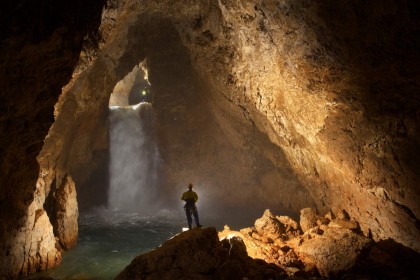 I have had many encounters of this kind and they vary in which characteristic of the Holy they emphasize. I’ve written before about my mystical experience on the quad at Ball State. Fascinans dominated. I wanted to be there, in a state of total linkage with all. I wanted to stay. In high school I attended a summer church camp at Epworth Forest in Indiana. We learned a lot about communion and in particular I took to the heart the idea that if we didn’t reconcile with others, we might “eat and drink our own damnation.” OK. I was an impressionable guy in that moment. But the fear occasioned by that idea made me find a young woman whom I’d teased and ask for her forgiveness. Stepping into the Sistine Chapel. Awe. Driving to Bailey and seeing the Continental Divide capped with snow. Awe. Contemplating my own death. Fear moving toward awe.
I have had many encounters of this kind and they vary in which characteristic of the Holy they emphasize. I’ve written before about my mystical experience on the quad at Ball State. Fascinans dominated. I wanted to be there, in a state of total linkage with all. I wanted to stay. In high school I attended a summer church camp at Epworth Forest in Indiana. We learned a lot about communion and in particular I took to the heart the idea that if we didn’t reconcile with others, we might “eat and drink our own damnation.” OK. I was an impressionable guy in that moment. But the fear occasioned by that idea made me find a young woman whom I’d teased and ask for her forgiveness. Stepping into the Sistine Chapel. Awe. Driving to Bailey and seeing the Continental Divide capped with snow. Awe. Contemplating my own death. Fear moving toward awe.

Another. In Ely, Minnesota at the International Wolf Center, during a week long wolf studies immersion, we did a necroposy on a collared wolf that had been hit by a car. When we opened his rib cage, a space opened up in front of me where the mystery of life and death vibrated, took me in, absorbed me. This was both fascinans and tremendum. I wanted to look away, to be elsewhere. Right now. I wanted to dive in, swim in the galaxy revealed by this too intimate experience.
How about you? Got any experiences of the holy or the sacred? I especially encourage considering Otto’s point that an experience of the Holy is without moral freight. It simply is. We apply the morality later, much later.
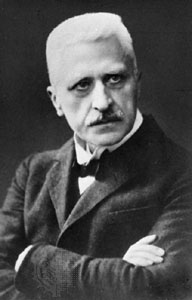
*”In his most famous book, Das Heilige, Otto turned from a critical philosophical account of the possibility of religious experience to a descriptive psychology of the content of that experience and its relationship to the “rational,” symbolic dimension of religion. To designate religious feelings at their most distinctive he coined the word numinous, which referred, he said, to the Holy or Sacred minus the moral dimension. But he soon encountered a methodological limitation. Conscious experience is only available to the person who has it; therefore, it is possible to formulate a descriptive account of religious feelings only on the basis of introspection, informed by apparent similarities in what others have said. In other words, in order to study the experience that is the ultimate source of religion, a scholar must have a sensus numinis, an ability to experience numinous feelings—just as the description of color in painting or pitch in music requires certain kinds of perceptual abilities. Those who have such abilities, Otto suggested, experience the numinous as a mysterium tremendum et fascinans. As a mysterium, it is completely other, beyond the realm of ordinary existence, apprehensible but not comprehensible, evoking in human beings the feeling of stupor and stunned silence. People find this mysterium both attractive (fascinans ) and repulsive (tremendum ). On the one hand, it arouses the sense of grace, love, and mercy. On the other, it arouses feelings of terror and awe and the conviction that human beings are in reality nothing—feelings to which Otto, countering tendencies to equate genuine religion with love, gave a great deal of attention.” encyclopedia.com
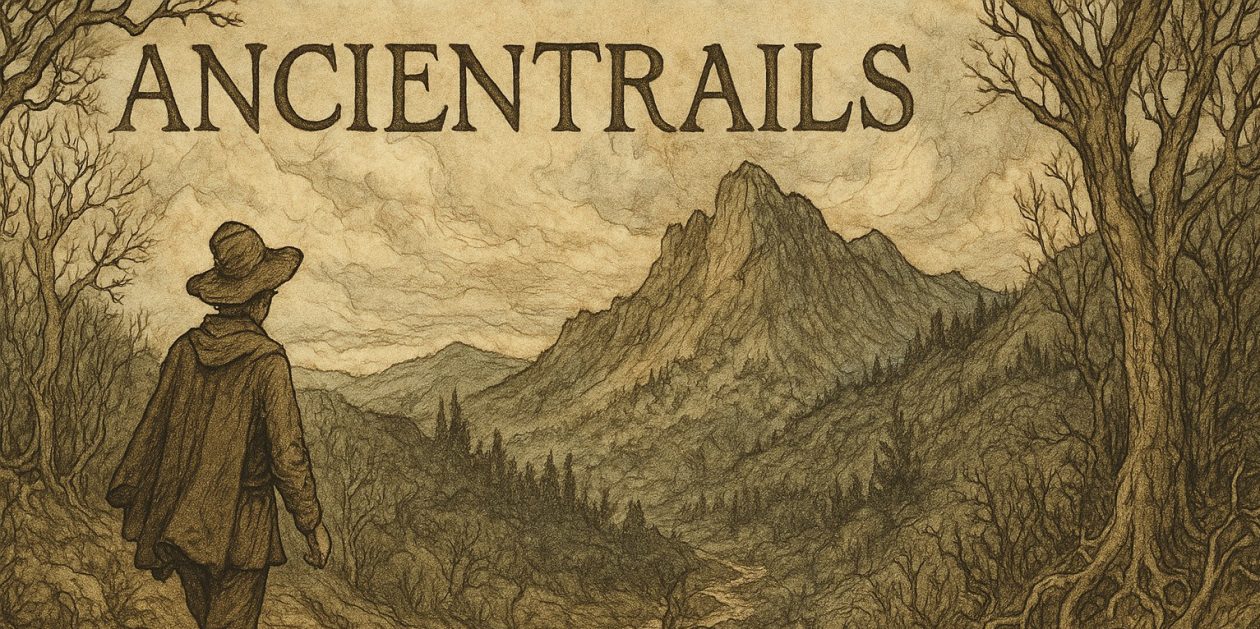

 Gonna look at material for the religious school class on the 16th. Alan will be back from Argentina. Our lesson theme is yirah, awe. Getting fifteen inches of snow over 36 hours creates yirah. We do not impact the weather, at least not directly. Yes, climate change is effecting the sorts of weather we get, but we don’t get to choose the diverse effects of our self-genocide. Fifteen inches of snow is like a volcanic eruption or a tsunami or a tornado, sudden, unpredictable except just before the fact, a natural act that changes the immediate environment dramatically. Though not as devastating as those violent manifestations, a great snow storm does show the power of the natural world, something to which we have to adapt rather than something we can manage.
Gonna look at material for the religious school class on the 16th. Alan will be back from Argentina. Our lesson theme is yirah, awe. Getting fifteen inches of snow over 36 hours creates yirah. We do not impact the weather, at least not directly. Yes, climate change is effecting the sorts of weather we get, but we don’t get to choose the diverse effects of our self-genocide. Fifteen inches of snow is like a volcanic eruption or a tsunami or a tornado, sudden, unpredictable except just before the fact, a natural act that changes the immediate environment dramatically. Though not as devastating as those violent manifestations, a great snow storm does show the power of the natural world, something to which we have to adapt rather than something we can manage. Yirah and kadosh, holy or sacred, go together. Rudolf Otto defines sacred as an experience of awe, yirah, and the mysterium tremendum et fascinans:
Yirah and kadosh, holy or sacred, go together. Rudolf Otto defines sacred as an experience of awe, yirah, and the mysterium tremendum et fascinans:  Something experienced in ordinary life but also wholly other. I’ve been following a sailing race, the Golden Globe, in which several skippers competed against each other in solo jaunts around the world. Ask any sailor, solo or not, who’s navigated the roaring forties about yirah and mysterium. They’re manifesting every day, every hour in places most of us will never go; but, a few do. Wholly other, but also part of the same puzzling universe which coughed us up into life.
Something experienced in ordinary life but also wholly other. I’ve been following a sailing race, the Golden Globe, in which several skippers competed against each other in solo jaunts around the world. Ask any sailor, solo or not, who’s navigated the roaring forties about yirah and mysterium. They’re manifesting every day, every hour in places most of us will never go; but, a few do. Wholly other, but also part of the same puzzling universe which coughed us up into life.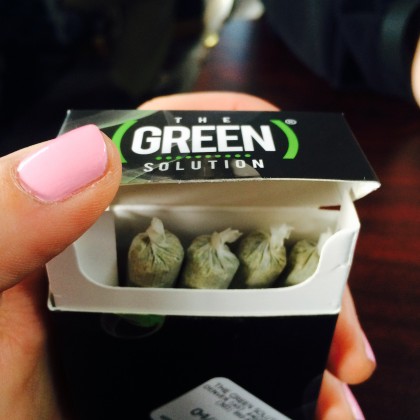 We tried a Colorado cure for Kate’s nausea symptoms. She toked up yesterday morning, lighting one of the pre-rolled Jilly Belly spliffs. She took four hits. Result: nausea subsided, heartburn began. And, she said, I feel spacy. Which she didn’t like. So she went back to bed anyhow. A work in progress. Next time she’ll try two tokes. If it does reduce the nausea, we will get her a bong and use ice in the water to cool down the smoke. I told her she was one toke over the line sweet Jesus; then added, well, maybe better, one toke over the line sweet Moses.
We tried a Colorado cure for Kate’s nausea symptoms. She toked up yesterday morning, lighting one of the pre-rolled Jilly Belly spliffs. She took four hits. Result: nausea subsided, heartburn began. And, she said, I feel spacy. Which she didn’t like. So she went back to bed anyhow. A work in progress. Next time she’ll try two tokes. If it does reduce the nausea, we will get her a bong and use ice in the water to cool down the smoke. I told her she was one toke over the line sweet Jesus; then added, well, maybe better, one toke over the line sweet Moses.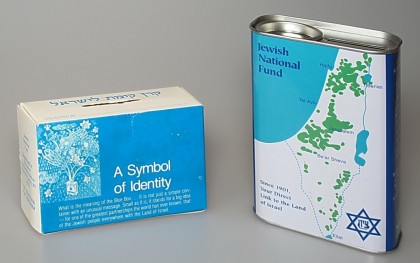 In the packet that he offered, Ariel quoted Rabbi Abraham Heschel, a great friend to Martin Luther King: “There is immense silent agony in the world, and the task of man is to be a voice for the plundered poor, to prevent the desecration of the soul and the violation of our dream of honesty.” And, “Morally speaking there is no limit to the concern one must feel for the sufferings of human beings, that indifference to evil is worse than evil itself, that in a free society, some are guilty while all are responsible.”
In the packet that he offered, Ariel quoted Rabbi Abraham Heschel, a great friend to Martin Luther King: “There is immense silent agony in the world, and the task of man is to be a voice for the plundered poor, to prevent the desecration of the soul and the violation of our dream of honesty.” And, “Morally speaking there is no limit to the concern one must feel for the sufferings of human beings, that indifference to evil is worse than evil itself, that in a free society, some are guilty while all are responsible.”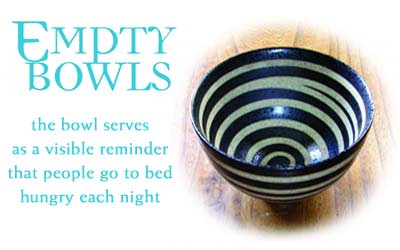 After mussar Kate and I went with many members of the group to a place called Go, Paint in downtown Evergreen. It was the start of an interesting local expression of an international movement called
After mussar Kate and I went with many members of the group to a place called Go, Paint in downtown Evergreen. It was the start of an interesting local expression of an international movement called 

 Some of the more complete scrolls may have been the equivalent of library reserve. They could also have been retired scrolls which, like Buddha statues in Southeast Asia, are never destroyed. This visit left me wanting to know more, to return to the show before it leaves during the week for a quieter and lengthier visit.
Some of the more complete scrolls may have been the equivalent of library reserve. They could also have been retired scrolls which, like Buddha statues in Southeast Asia, are never destroyed. This visit left me wanting to know more, to return to the show before it leaves during the week for a quieter and lengthier visit.
 Kate’s having a Sjogren’s flare. That means symptoms intensify, particularly fatigue and a general feeling of dis-ease. She gets low grade fevers, an annoying sore throat. The good news here is this time we know what it is and she has strategies for coping. It’s not frightening in the way the first flare was back in March or April when she developed thrush and had an ENT guy look at her throat and say, “That looks a little funky.” Doctor speak for, OMG. Fortunately, the funky spot resolved itself. Not throat cancer after all.
Kate’s having a Sjogren’s flare. That means symptoms intensify, particularly fatigue and a general feeling of dis-ease. She gets low grade fevers, an annoying sore throat. The good news here is this time we know what it is and she has strategies for coping. It’s not frightening in the way the first flare was back in March or April when she developed thrush and had an ENT guy look at her throat and say, “That looks a little funky.” Doctor speak for, OMG. Fortunately, the funky spot resolved itself. Not throat cancer after all.
 Kate and I decided to drop out of Hebrew for this year. We’d not been studying. Doesn’t really reflect lack of interest so much as an unwillingness to dedicate the necessary time we know learning a language needs. May pick it up again in September. My kabbalah class this session though is on the Hebrew letters, so I’m gaining familiarity if not facility.
Kate and I decided to drop out of Hebrew for this year. We’d not been studying. Doesn’t really reflect lack of interest so much as an unwillingness to dedicate the necessary time we know learning a language needs. May pick it up again in September. My kabbalah class this session though is on the Hebrew letters, so I’m gaining familiarity if not facility.
 Last night Kate and I had adult Hebrew, then, an hour later, tikkun middot havurah. This is the third of three mussar related times during the month, a once a month gathering for those who’d like to study mussar but can’t make the Thursday afternoon class. The topic was zerizut, or the middot (character trait) of enthusiasm.
Last night Kate and I had adult Hebrew, then, an hour later, tikkun middot havurah. This is the third of three mussar related times during the month, a once a month gathering for those who’d like to study mussar but can’t make the Thursday afternoon class. The topic was zerizut, or the middot (character trait) of enthusiasm. Me, I was just tired. So, the question is, is it worth upsetting my normal rhythms? Yes. Yes, it is. No, not because I’m converting, still not interested. But, I have come to believe that Judaism, at least as practiced in this small mountain synagogue, is about helping humans be better in this life and to use this life to make things better for the other, be the other human or animal or a planet. Synchs up pretty well with my own journey, this ancientrail that has wound from Oklahoma to Indiana, Indiana to Wisconsin, Wisconsin to Minnesota and now, Minnesota to Colorado.
Me, I was just tired. So, the question is, is it worth upsetting my normal rhythms? Yes. Yes, it is. No, not because I’m converting, still not interested. But, I have come to believe that Judaism, at least as practiced in this small mountain synagogue, is about helping humans be better in this life and to use this life to make things better for the other, be the other human or animal or a planet. Synchs up pretty well with my own journey, this ancientrail that has wound from Oklahoma to Indiana, Indiana to Wisconsin, Wisconsin to Minnesota and now, Minnesota to Colorado.
 We have a cookbook, Twelve Months of Monastery Soups, and I’ve been making soups out of it that Kate thinks sound good. She has a favorite, vermicelli soup, a vegetable soup with noodles. I made some for her last night.
We have a cookbook, Twelve Months of Monastery Soups, and I’ve been making soups out of it that Kate thinks sound good. She has a favorite, vermicelli soup, a vegetable soup with noodles. I made some for her last night. Finished chapter 1 in the Hebrew text, about half way through chapter 2. My plan is to keep working on the chapters until I’ve finished. The Hebrew class itself is a bit chaotic, lots of great information, but they’re teaching Aleph and Bet, beginners and next level, together. I’m out to sea at least part of the time. OK. Most of the time. Still, I can now recognize shabbat in Hebrew and pronounce five letters. Slooooowwww. Next class with Joann Greenberg at 4:30. Two weeks ago Bill and Tom were here for the class.
Finished chapter 1 in the Hebrew text, about half way through chapter 2. My plan is to keep working on the chapters until I’ve finished. The Hebrew class itself is a bit chaotic, lots of great information, but they’re teaching Aleph and Bet, beginners and next level, together. I’m out to sea at least part of the time. OK. Most of the time. Still, I can now recognize shabbat in Hebrew and pronounce five letters. Slooooowwww. Next class with Joann Greenberg at 4:30. Two weeks ago Bill and Tom were here for the class.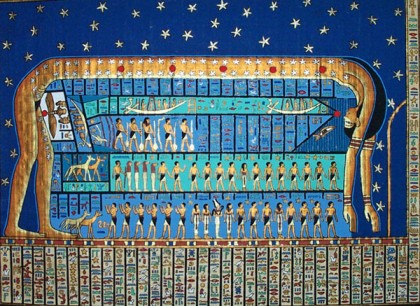
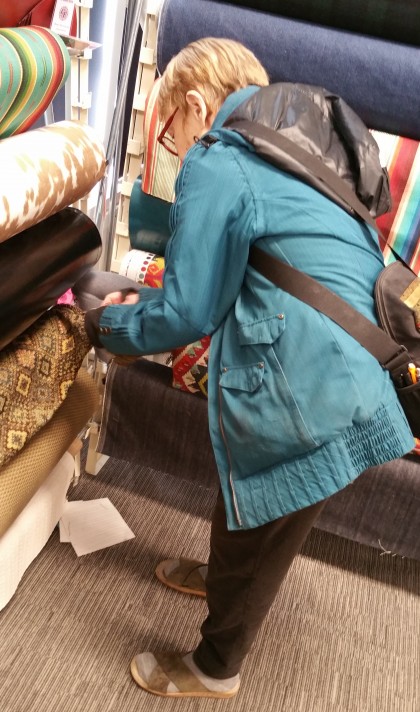 Kate and I have begun an ongoing effort to help her manage the fatigue which Sjogren’s, rheumatoid arthritis, sarcopenia and reduced available oxygen cause her. We have to be smarter about what mix of activities she does and what ones I do, yet we can’t set up a situation where she becomes housebound. Not good. A delicate balance. Right now we’re looking at the week ahead and trying to imagine how the week will challenge her, then planning for that. A transition to a new phase of life for us.
Kate and I have begun an ongoing effort to help her manage the fatigue which Sjogren’s, rheumatoid arthritis, sarcopenia and reduced available oxygen cause her. We have to be smarter about what mix of activities she does and what ones I do, yet we can’t set up a situation where she becomes housebound. Not good. A delicate balance. Right now we’re looking at the week ahead and trying to imagine how the week will challenge her, then planning for that. A transition to a new phase of life for us.